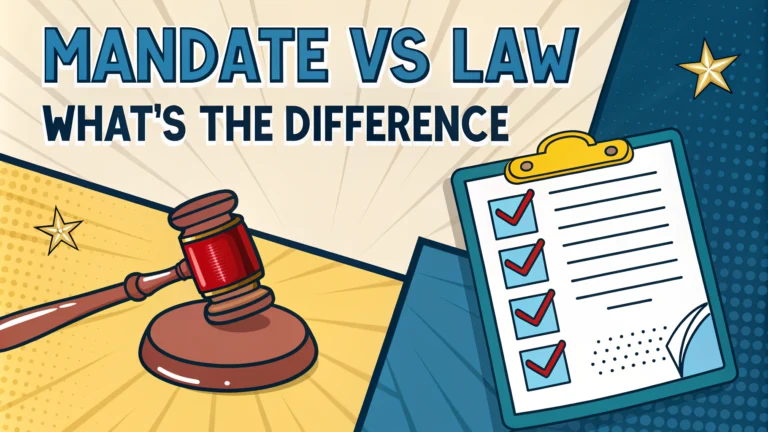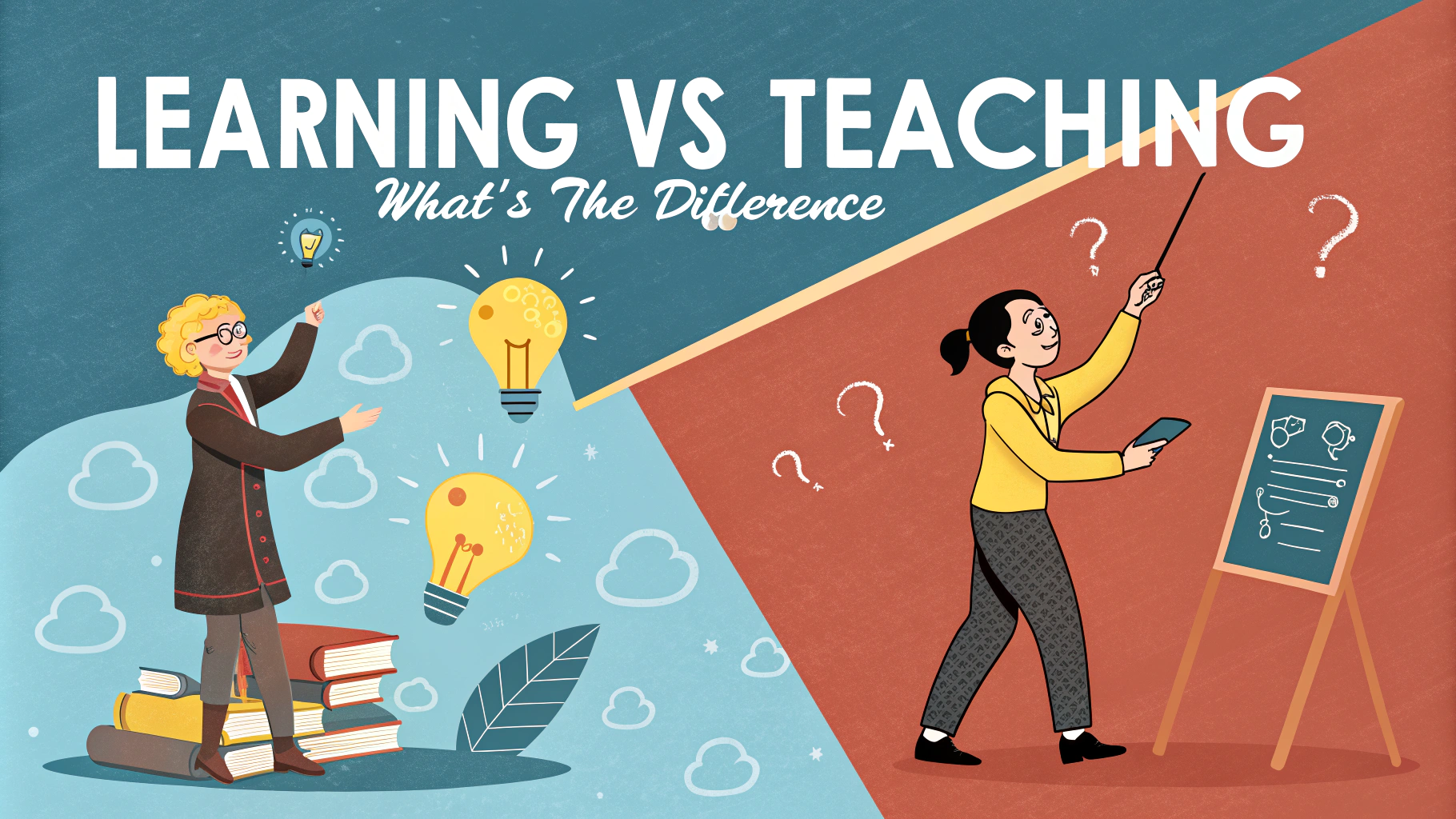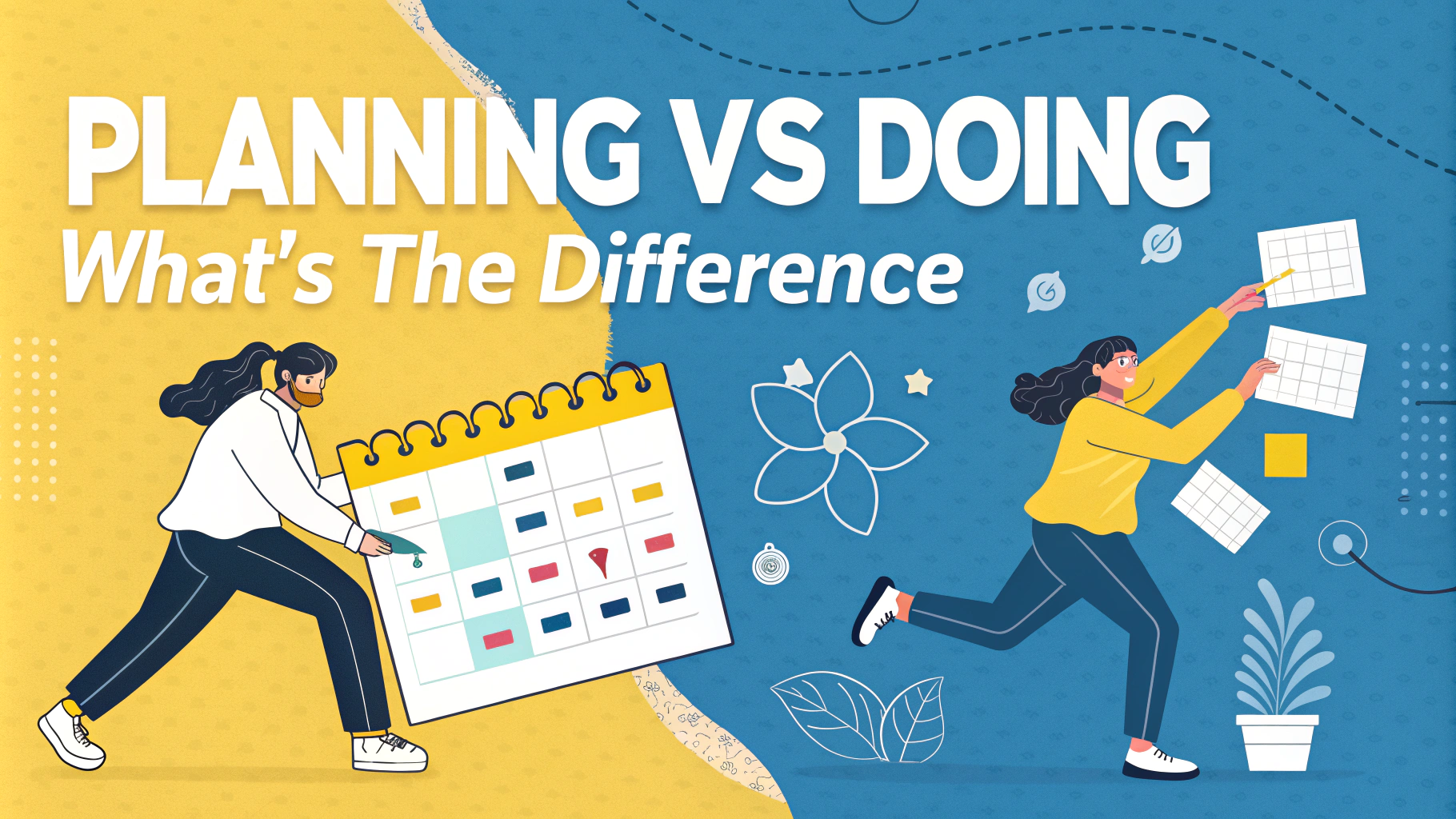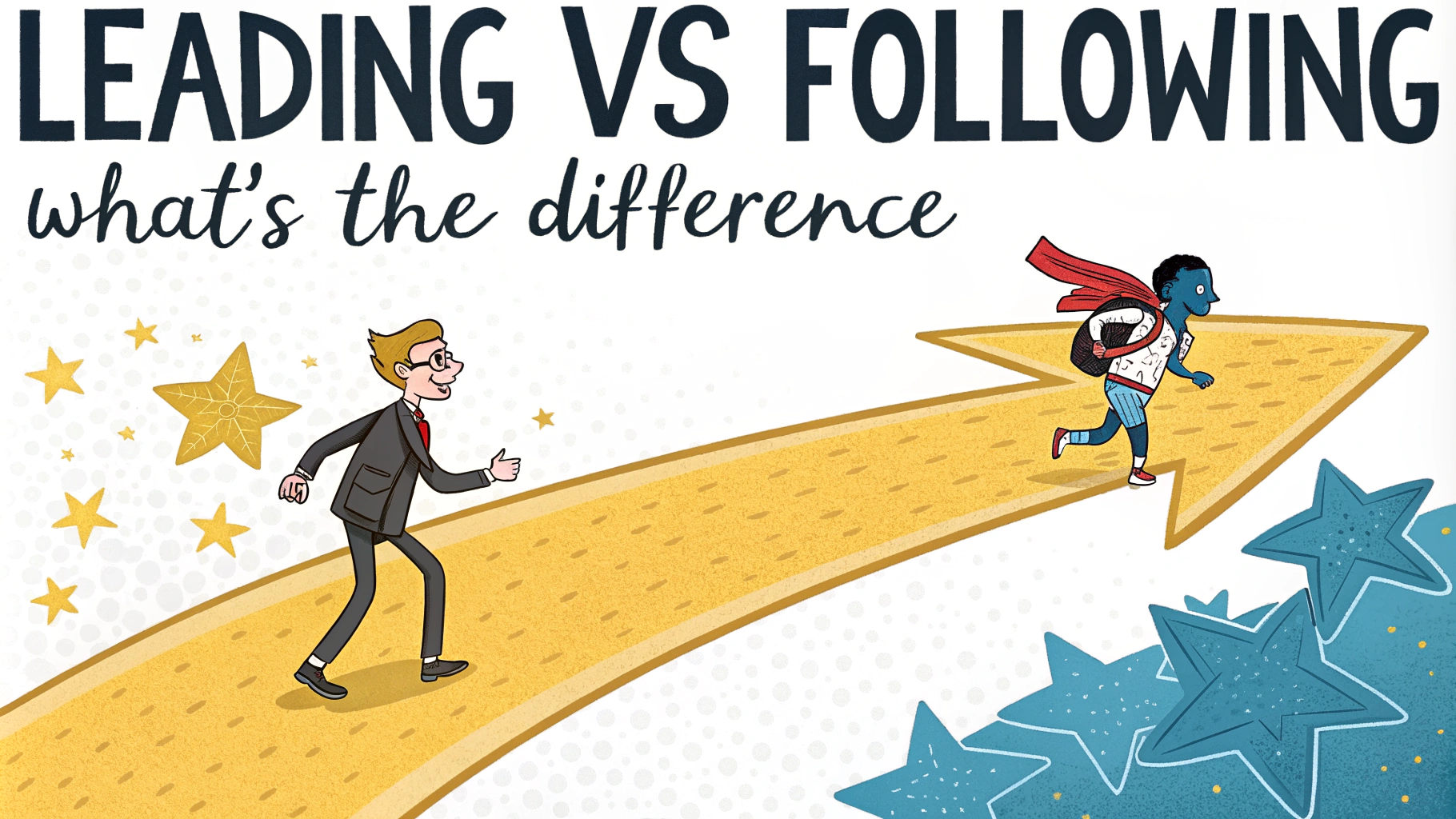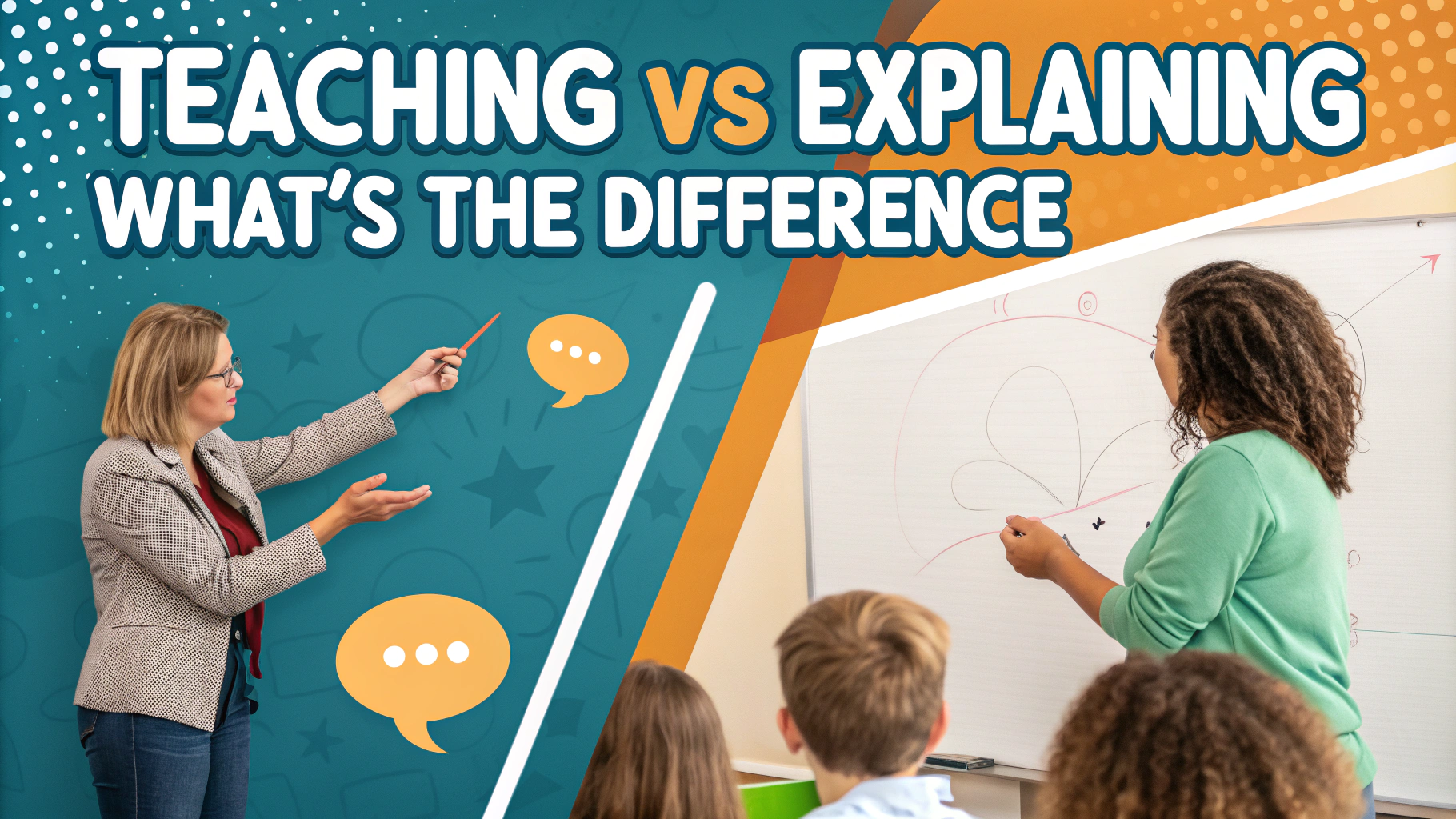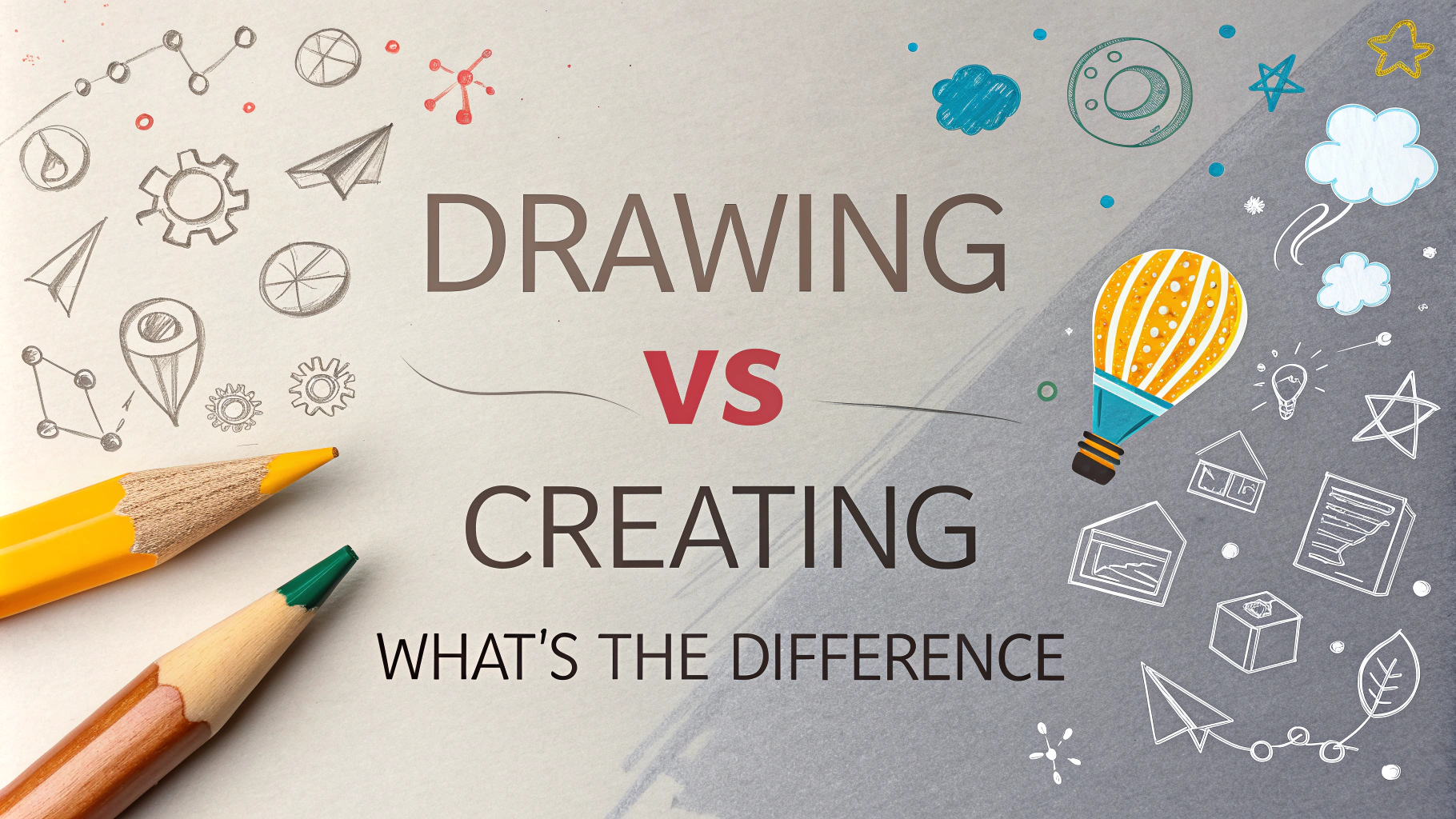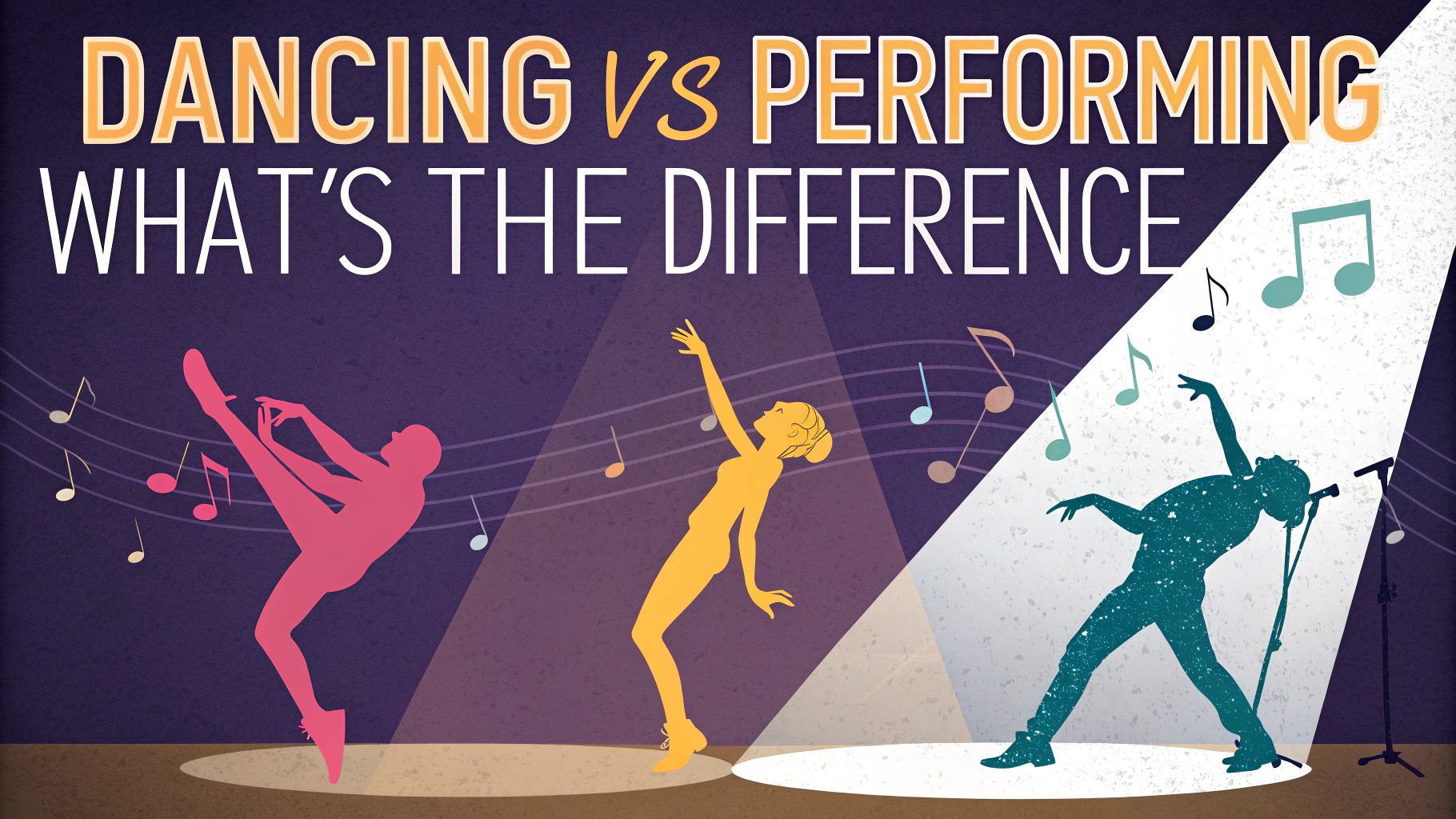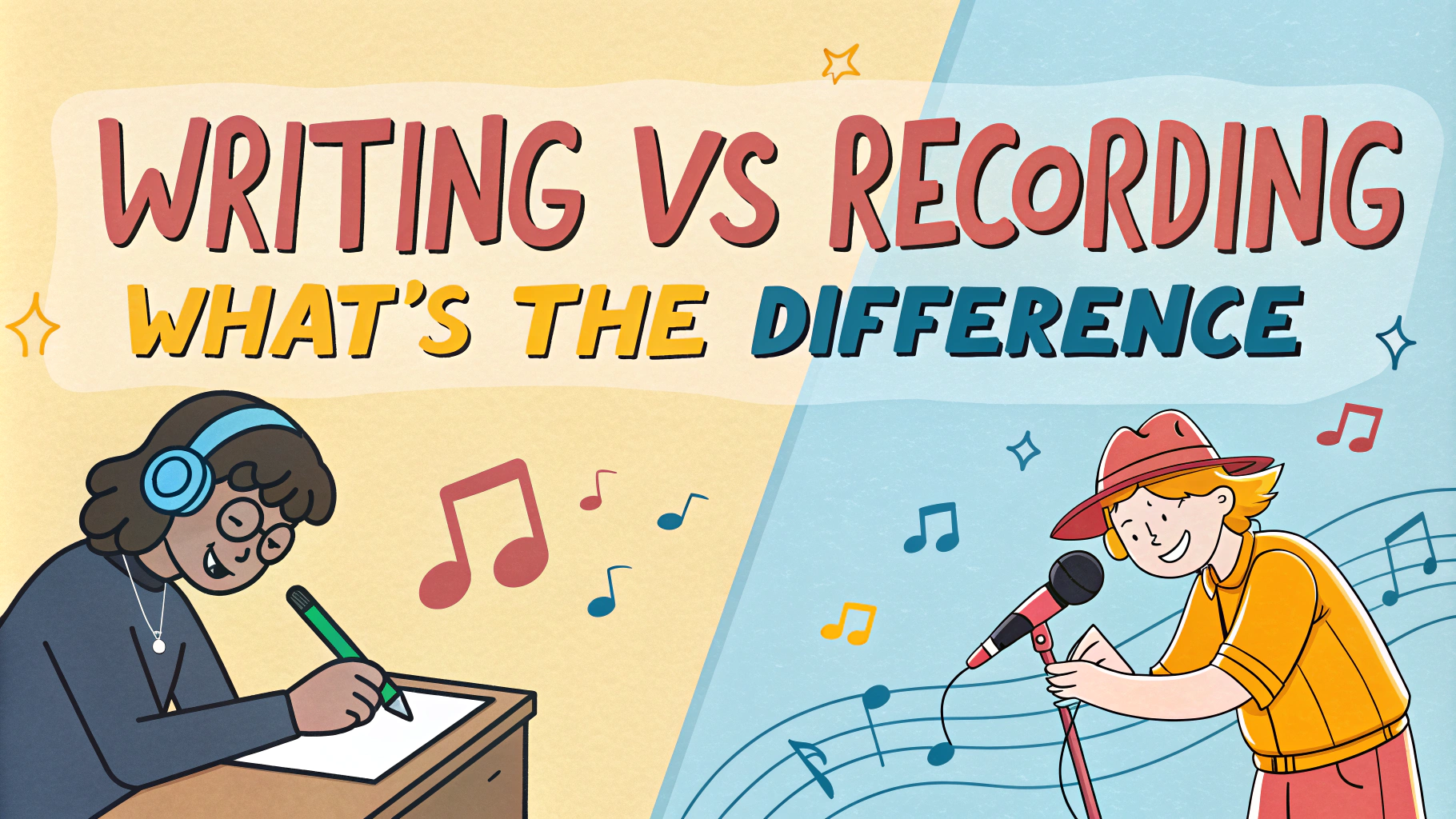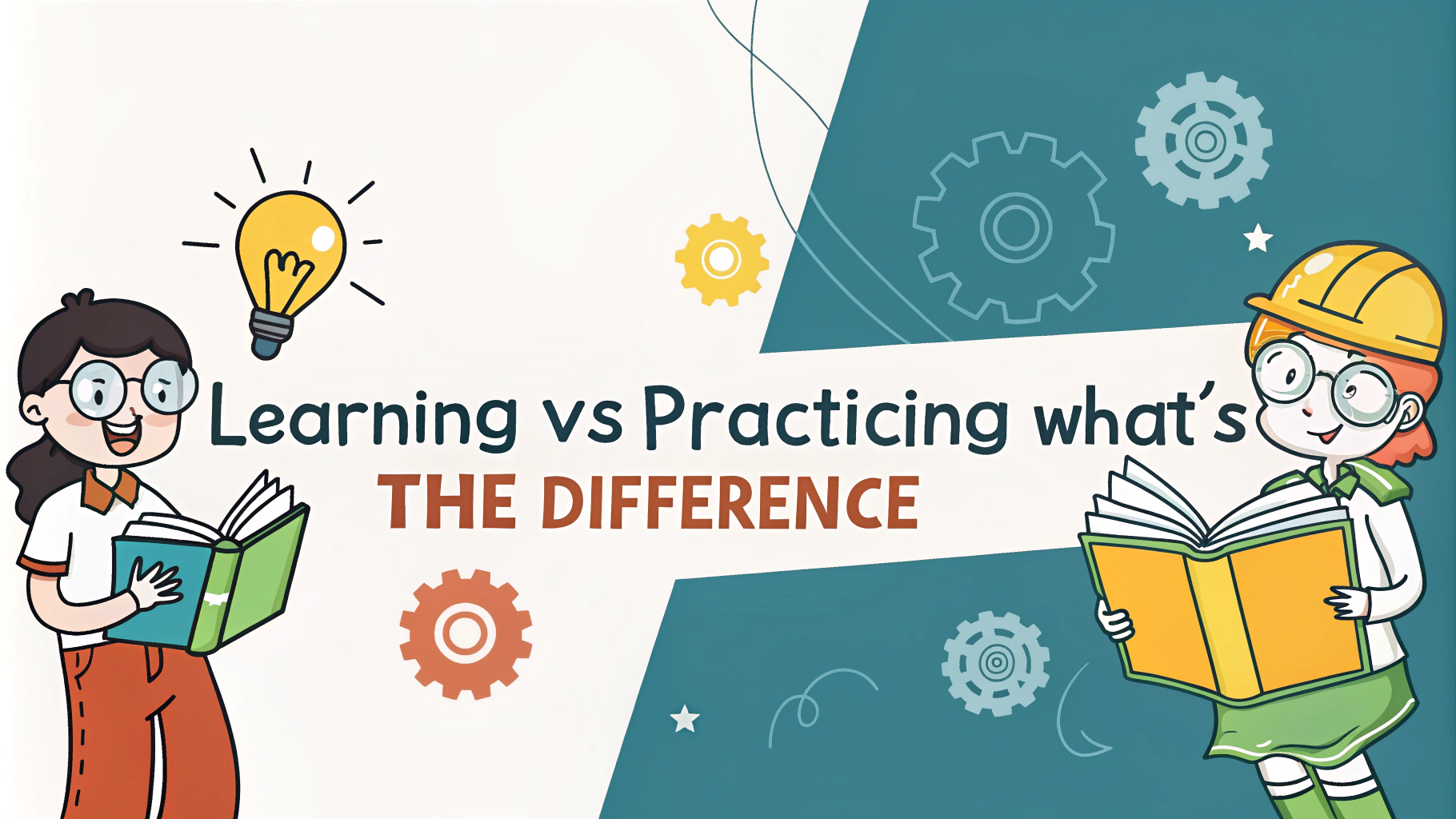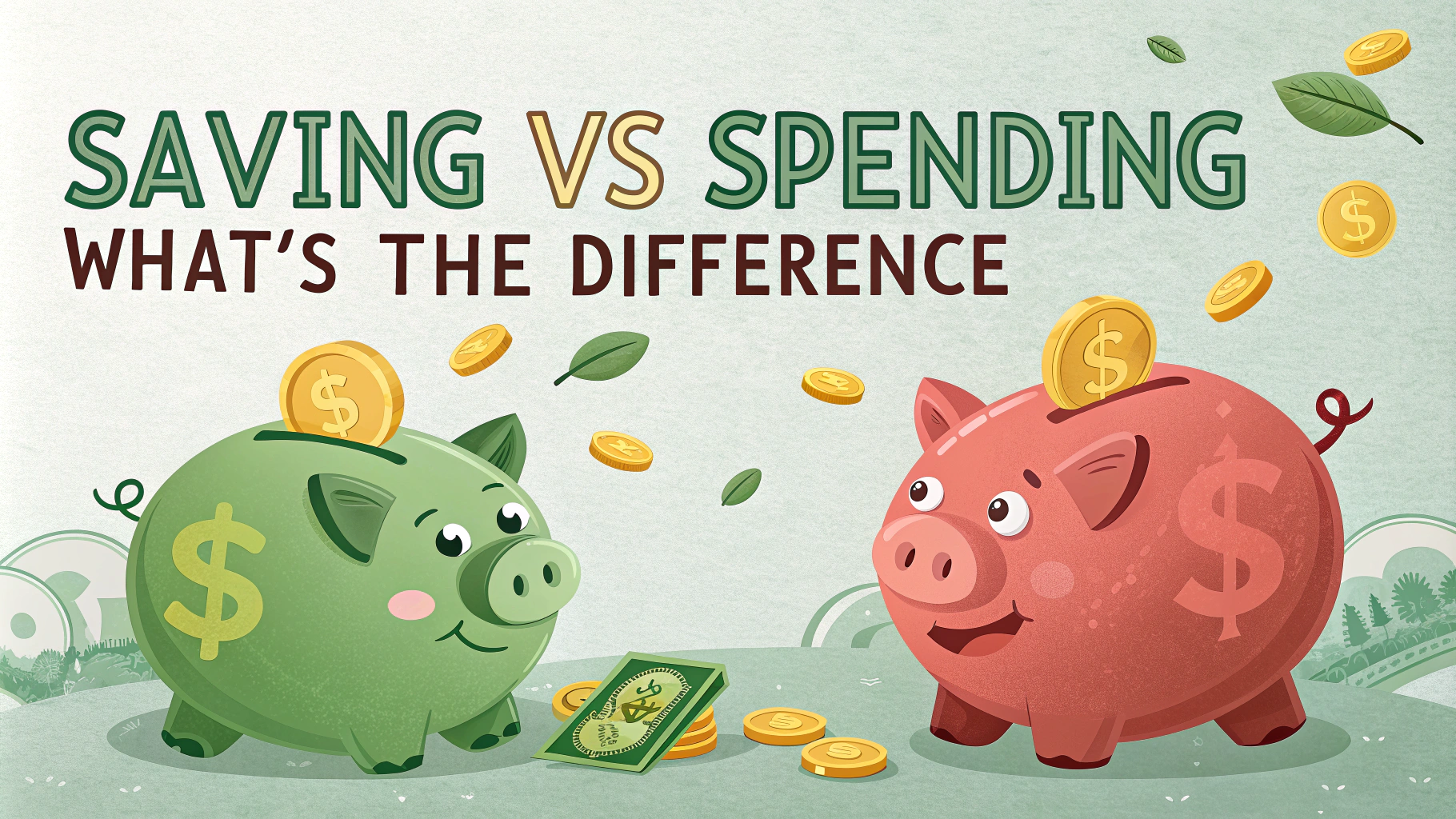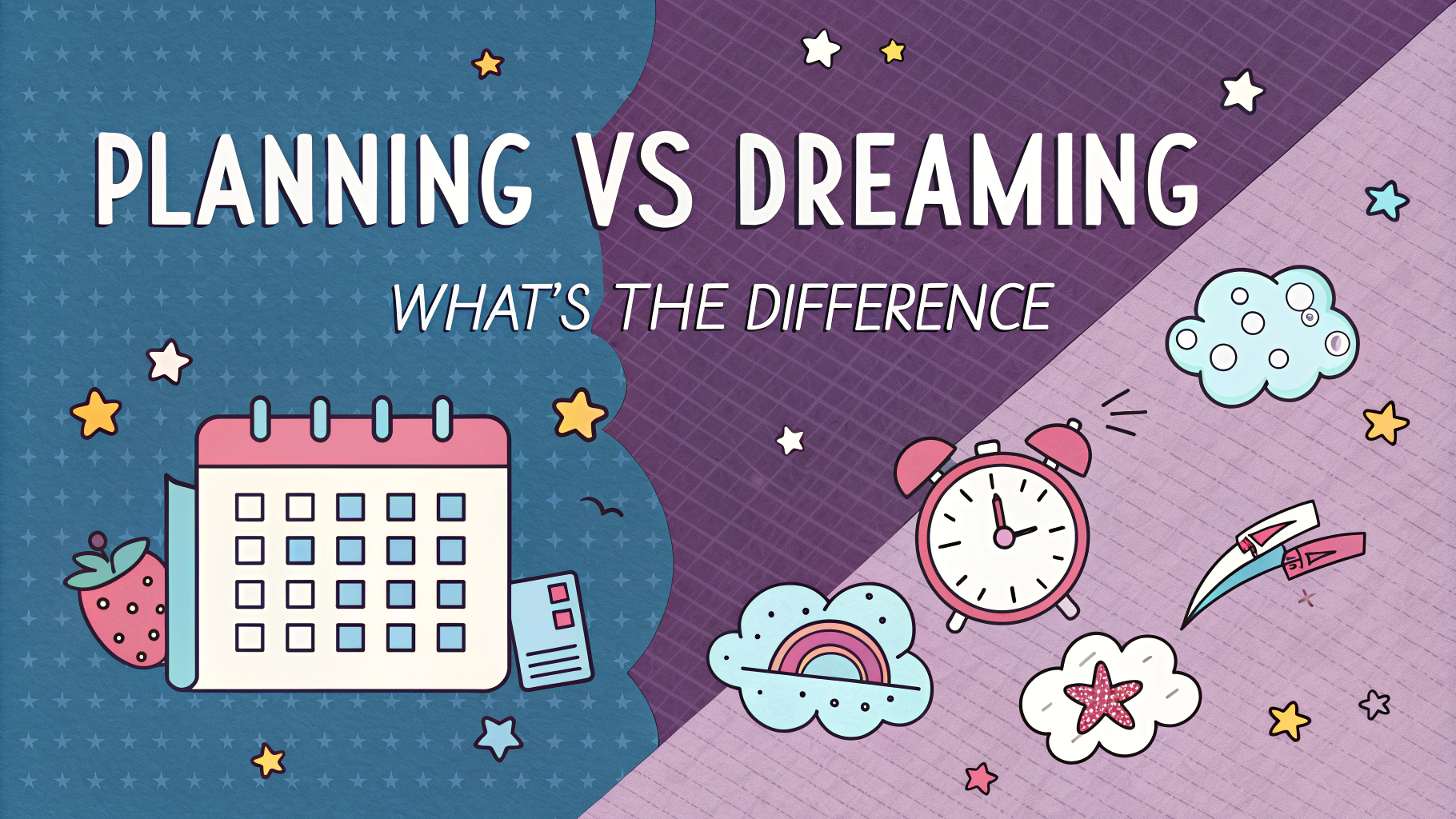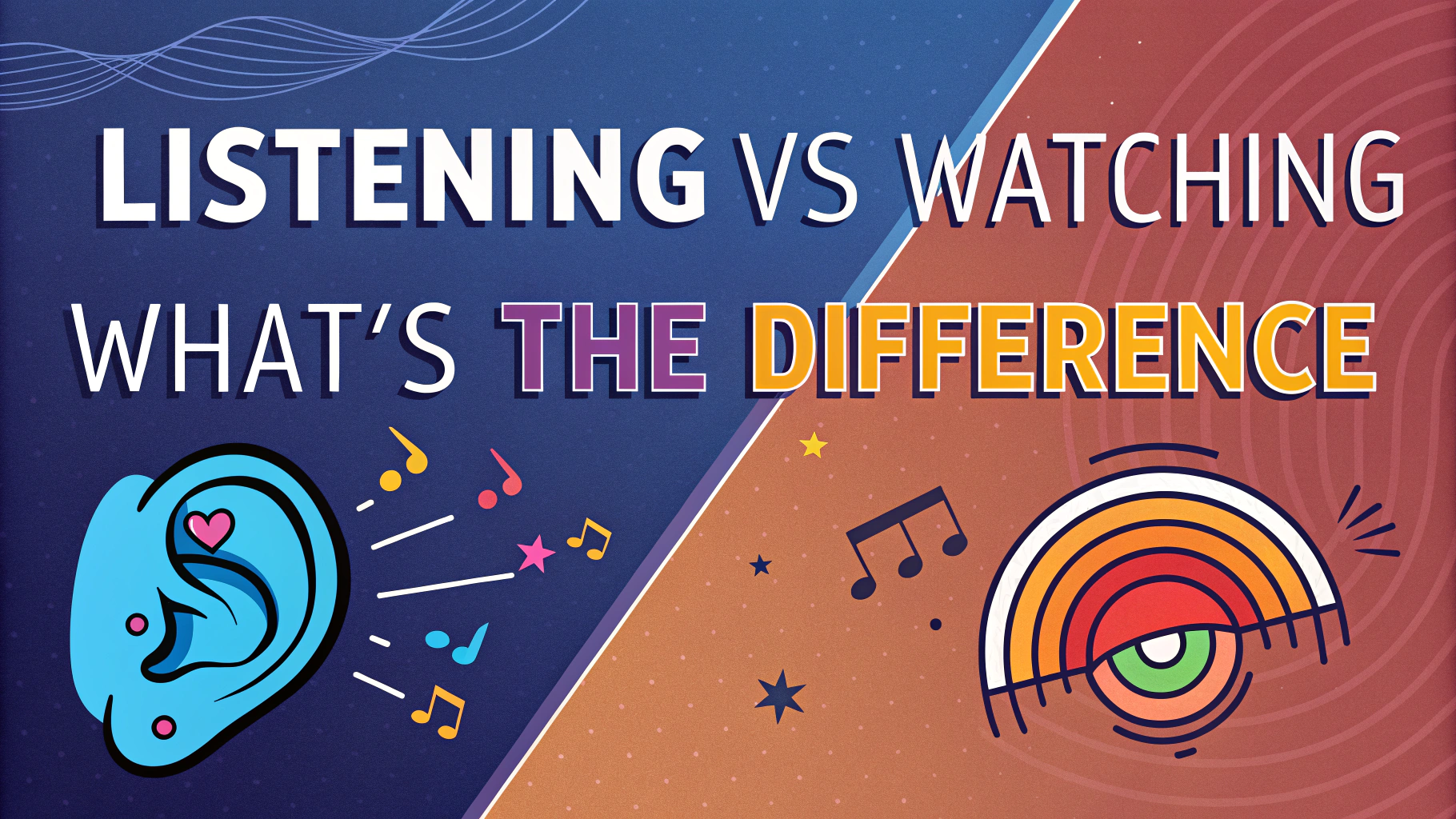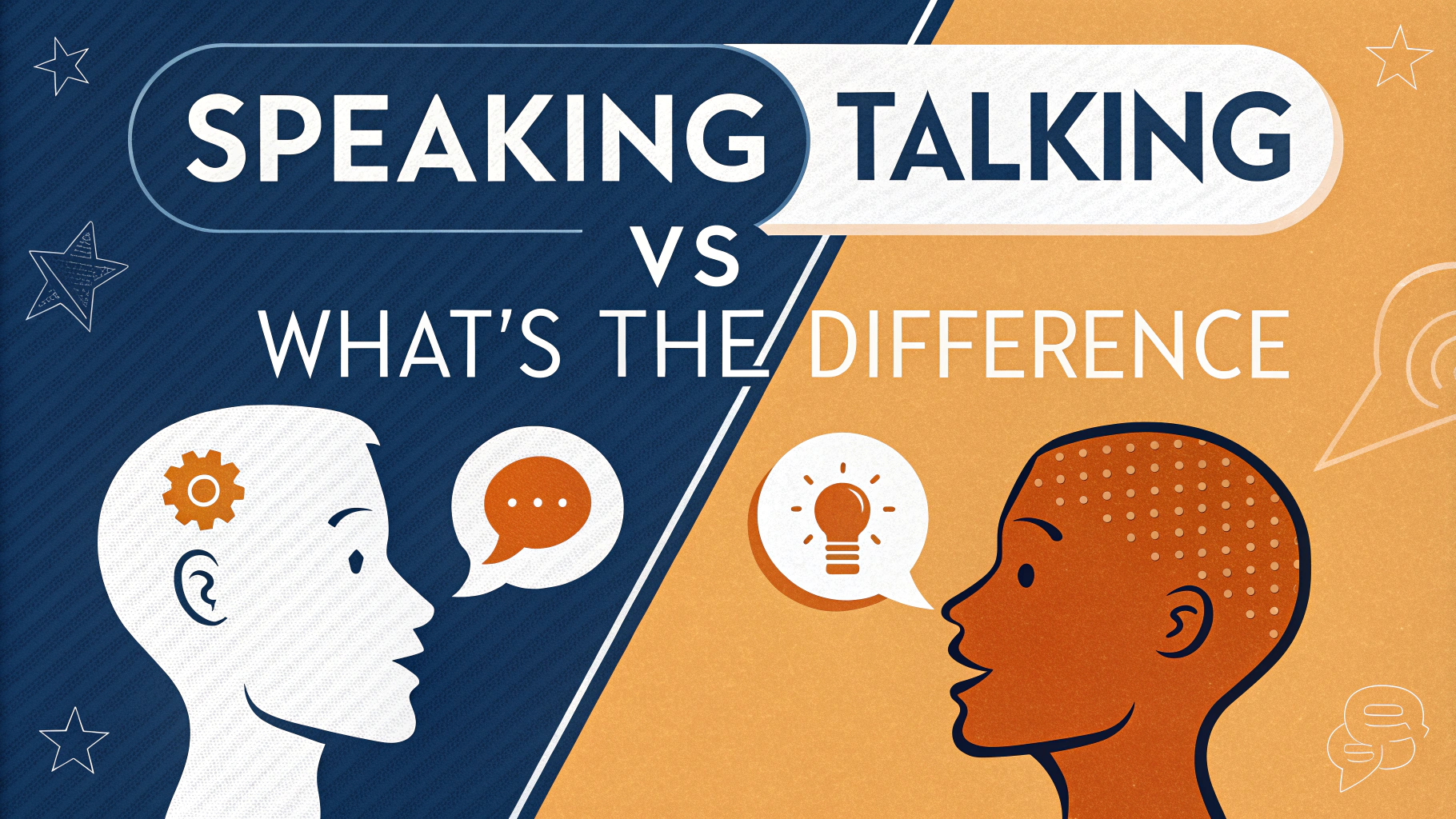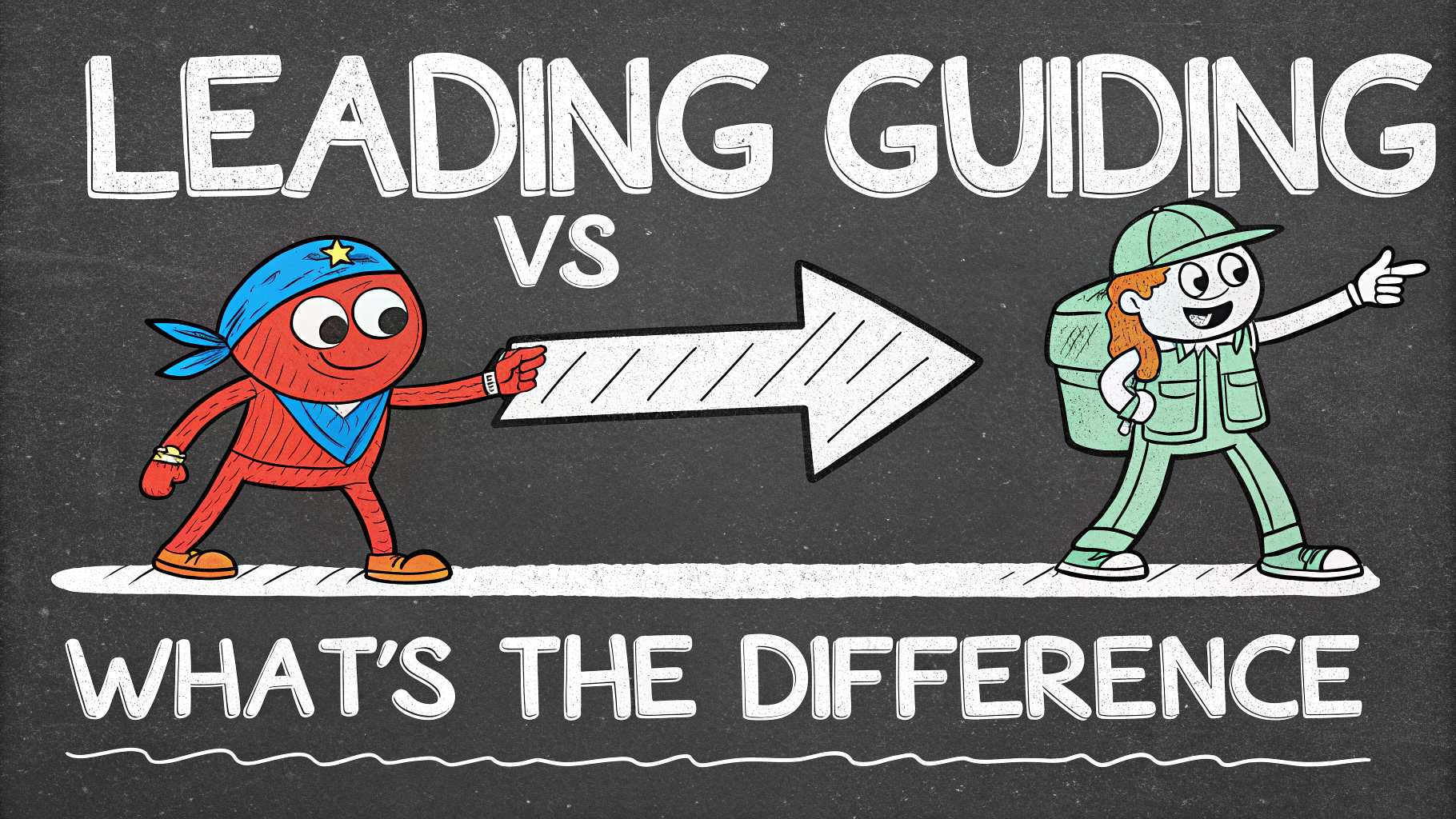Mandates and laws shape our society, but they’re not interchangeable terms. This article clarifies the key differences between mandates and laws, their enforcement, and impact on everyday life. We’ll explore their origins, legal weight, and how they affect individuals and businesses.Knowing the distinction between mandates and laws is crucial for understanding your rights and obligations. Whether you’re a business owner, employee, or concerned citizen, this knowledge empowers you to make informed decisions and navigate complex legal landscapes.
Key Differences Between Mandates and Laws
Origin and authority: Laws are created through legislative processes, while mandates often come from executive orders or agency directives.Enforcement and penalties: Laws typically carry more severe penalties and are enforced by law enforcement agencies. Mandates may have limited enforcement mechanisms.
The Legal Weight of Mandates vs. Laws
Constitutional basis: Laws must adhere to constitutional principles, whereas mandates may face legal challenges more easily.Longevity: Laws tend to be more permanent, while mandates are often temporary or subject to change with new administrations.
Impact on Individuals and Businesses
Mandates and laws affect daily life differently:
- Compliance requirements
- Financial implications
- Personal freedoms
Understanding these impacts helps you navigate societal rules more effectively.
Navigating Compliance Requirements
Understanding compliance requirements for mandates and laws helps individuals and businesses avoid penalties and legal issues.Key compliance considerations:
- Stay informed about current mandates and laws
- Implement necessary changes in a timely manner
- Document compliance efforts
- Train employees on relevant regulations
Tips for staying compliant:
- Subscribe to official government newsletters
- Consult with legal experts for complex issues
- Conduct regular internal audits
- Develop a compliance calendar
Financial Implications of Mandates and Laws
Both mandates and laws can have significant financial impacts on individuals and businesses. Understanding these implications helps with budgeting and financial planning.Potential financial effects:
- Implementation costs
- Fines for non-compliance
- Changes in operational expenses
- Shifts in market dynamics
Strategies to manage financial impacts:
- Conduct cost-benefit analyses for compliance measures
- Explore tax incentives or grants for compliance-related upgrades
- Budget for potential fines or penalties
- Consider insurance options to mitigate risks
Balancing Personal Freedoms and Societal Responsibilities
Mandates and laws often aim to balance individual rights with collective well-being. Understanding this balance helps navigate personal and professional decisions.Key considerations:
- Recognize the intent behind regulations
- Understand your rights and responsibilities
- Consider the impact of your actions on others
- Engage in civic discourse about mandates and laws
Tips for responsible citizenship:
- Stay informed about current events and policy changes
- Participate in local government meetings
- Vote in elections at all levels
- Support organizations that align with your values
Conclusion
Understanding the differences between mandates and laws empowers individuals and businesses to navigate complex legal landscapes. By staying informed, complying with regulations, and considering the broader impacts of these rules, we can contribute to a well-functioning society.Key takeaways:
- Recognize the distinct origins and enforcement mechanisms of mandates and laws
- Stay updated on compliance requirements to avoid penalties
- Consider financial implications when planning for new regulations
- Balance personal freedoms with societal responsibilities
By applying this knowledge, you can make informed decisions, protect your interests, and contribute positively to your community. Remember that laws and mandates evolve, so staying engaged and adaptable is essential for long-term success in both personal and professional spheres.
FAQs: Mandate vs. Law
1. What’s the difference between a mandate and a law?
A law is enacted by a legislative body and is enforceable by the courts, while a mandate is typically an order or directive issued by an executive authority, such as a governor or president.
2. Are mandates legally binding?
Mandates can be legally binding depending on the jurisdiction and the authority issuing them. However, they may face more legal challenges than laws passed through legislative processes.
3. How are emergency mandates different from regular laws?
Emergency mandates are:
- Issued quickly in response to urgent situations
- Often temporary in nature
- May bypass normal legislative procedures
Regular laws go through a more lengthy legislative process and are typically permanent unless repealed.
4. Can a mandate become a law?
Yes, a mandate can become a law if it goes through the proper legislative process and is enacted by the appropriate governing body.
5. What are some examples of government mandates?
Common examples include:
- Mask mandates during public health crises
- Vaccine mandates for school attendance
- Executive orders issued by presidents or governors
6. How are workplace mandates different from government mandates?
Workplace mandates are policies set by employers for their employees, while government mandates apply to the general public or specific sectors. Workplace mandates must comply with existing laws and regulations.
7. What is the enforceability of COVID-19 mandates vs. laws?
COVID-19 mandates may face more legal challenges and have varying levels of enforceability compared to established laws. Their enforcement often depends on local authorities and public compliance.
8. How do constitutional rights affect mandate implementation?
Mandates must not violate constitutional rights. Courts may strike down mandates that infringe upon protected freedoms, such as freedom of speech or religion.
9. What is the role of executive orders in creating mandates?
Executive orders are a common method for issuing mandates. They allow executives to quickly implement policies without going through the legislative process.
10. Can states override federal mandates?
States may challenge federal mandates through legal action. The outcome depends on the specific mandate and its constitutional basis.
11. How do vaccine mandates differ from other types of mandates?
Vaccine mandates:
- Often target specific populations (e.g., healthcare workers, students)
- May allow for medical or religious exemptions
- Can be issued by various authorities (governments, schools, employers)
12. What are the penalties for violating a mandate vs. breaking a law?
Penalties can vary:
| Mandate Violation | Law Violation |
|---|---|
| Often results in fines | Can lead to fines, imprisonment, or both |
| May have limited enforcement mechanisms | Enforced through established legal system |
| Penalties may vary by jurisdiction | Penalties typically more uniform and codified |
13. How do emergency powers affect the issuance of mandates?
Emergency powers often grant executives broader authority to issue mandates quickly in response to crises, bypassing normal legislative processes.

